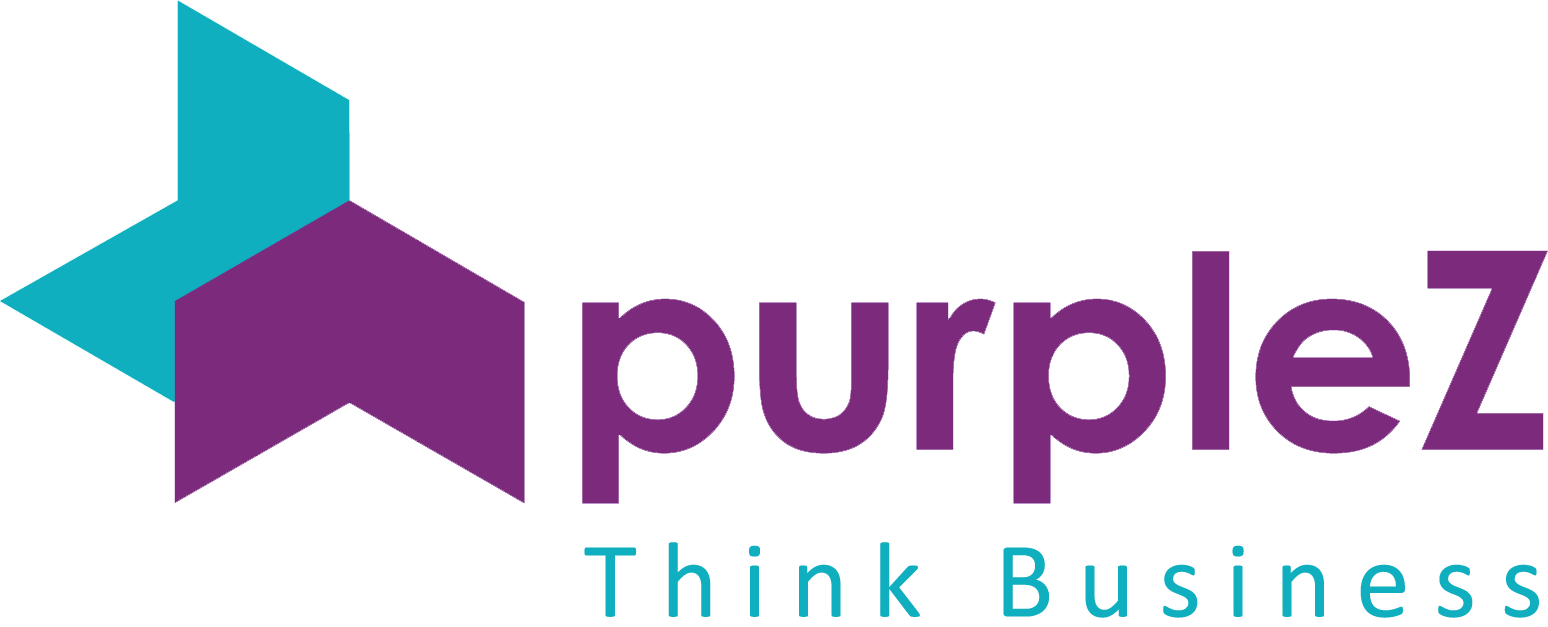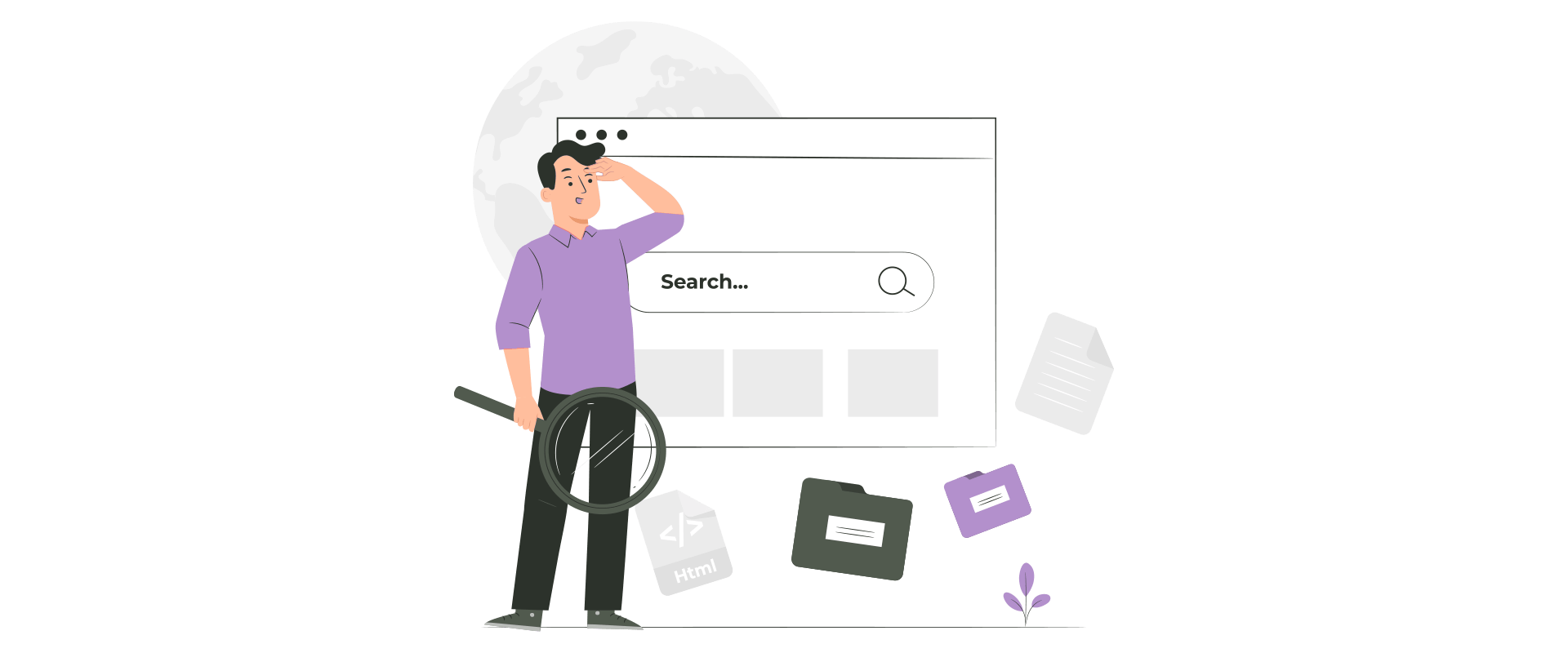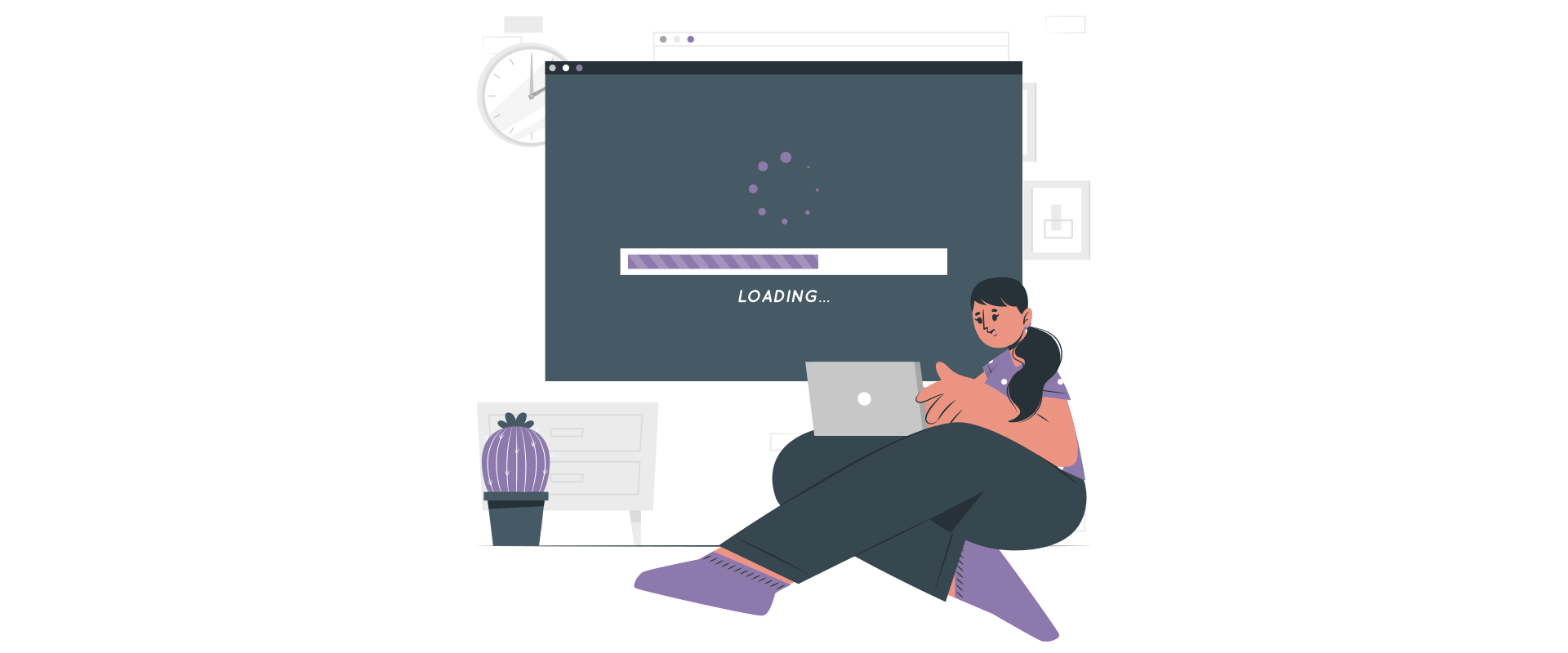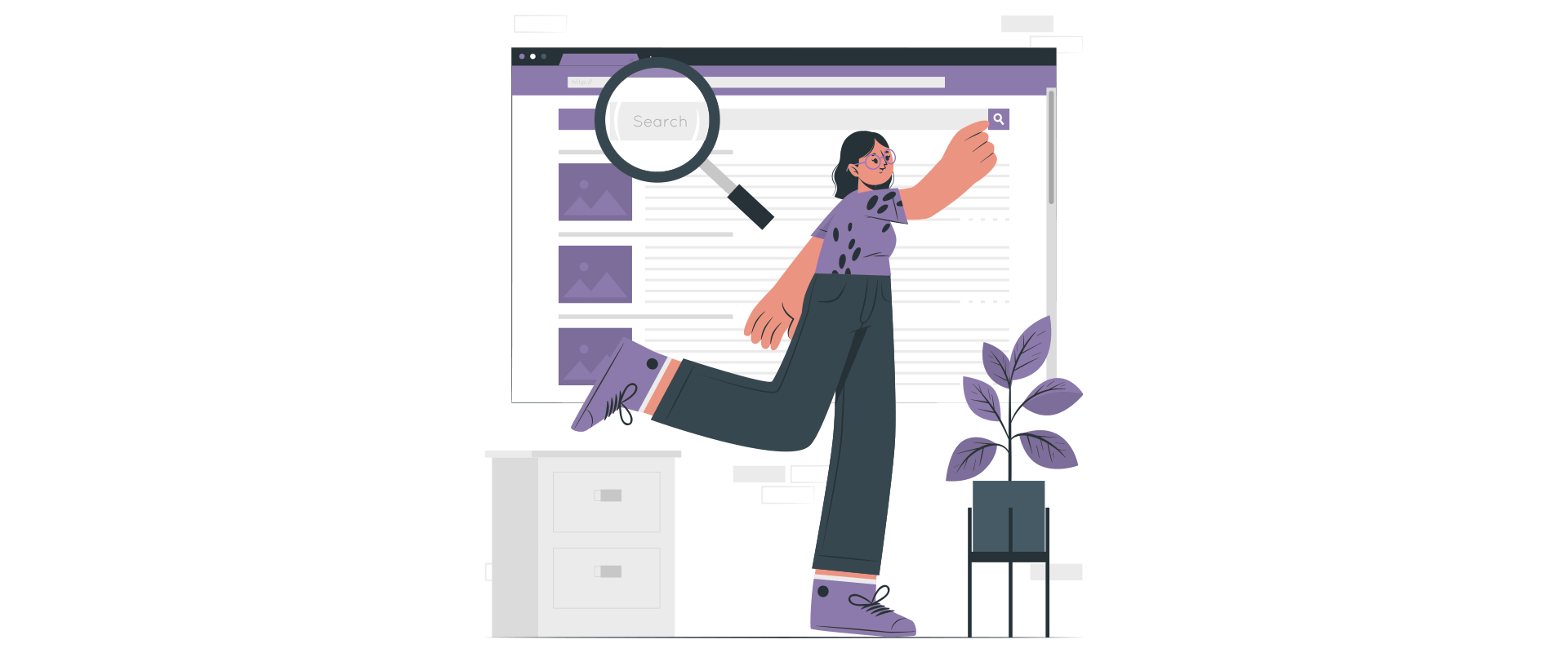Contents
In the increasingly competitive photography industry, photographers must have a strong activity to draw potential clients and effectively showcase their work.
SEO is an immense tool that can help photographers enhance their visibility in search engine results, drive organic website traffic, and ultimately grow their business.
This blog by PurpleZ will explore the top 10 essential SEO services that photographers should consider incorporating into their digital marketing strategies.
These services cover many aspects, including website optimization, keyword research, content creation, link building, online reputation management, and more. By implementing these SEO strategies, photographers can maximize their visibility, reach a broader audience, and multiply their chances of attracting the right clients.
Keyword Research
To find the terms that prospective clients are using to find a photographer in your area, photographers must conduct keyword research. You can make your website and content more available to the others in search engines like Google by optimizing it for terms that potential customers use.
Start by listing your main services, like wedding photography, family portraits, headshots, etc. You can use Google’s autocomplete feature and tools like Ubersuggest, SEMrush, or Ahrefs to discover long-tail, localized keywords related to these services. Look for keywords with high search volume but low competition to maximize your potential visibility.
Analyze your competitors and look at the keywords they rank for as well. Identify opportunities where you could outrank them for strategic terms. Focus on geographic keywords containing your city/state to attract local leads.
Regularly revise your keyword research to stay on seasonality and trending topics. For example, you may want to target “Christmas family photo ideas” around the holidays. Optimizing for the right keywords will get your website in front of motivated potential customers.
On-Page Optimization
On-page optimization refers to modifications you can make to your website pages to improve their SEO. This includes optimizing page titles, meta descriptions, URLs, headings, image names, alt text, and content.
Page Titles
The page title is shown in the browser tab and search engine results pages (SERPs). It should be concise yet descriptive, using relevant keywords. The title should motivate users to click and make clear what the page is about. The ideal length is under 60 characters.
Meta Descriptions
The meta description gives a total of the page in SERPs. It should be an informative, compelling description that entices users to click. Meta descriptions can be longer, around 155 characters.
URLs
URLs should be short and keyword-rich to describe the page content. Use hyphens to separate words and avoid extraneous parameters.
Headings
Headings break up content into scannable sections. Proper heading structure (H1, H2, H3) creates an outline for users and search engines. Focus keywords in higher-level headings.
Image Names & Alt Text
Use comprehensive file names and alt text for images to improve SEO and accessibility. File names and alt text should include focus keywords where relevant.
Content
Optimized content focuses on informational keywords and answers user questions. Include keywords naturally throughout the content. Create useful, original content that adds value for users.
Site Architecture
A well-structured website architecture is crucial not only for search engines but also for users. The main objective is to create a logical informational hierarchy to help users easily find what they want. For photographers, the website structure should simplify the navigation between portfolios, services, about pages, contact information, and blogs or resources. Complex navigation or too many menu options will likely frustrate users, undermining the overall user experience.
To optimize website structure, some best practices should be followed. Firstly, organizing pages and content around topics is important to make logical sense for users instead of arbitrary numbers or categories. Secondly, key content must be linked to the main navigation menu for easy discovery and accessibility. Using breadcrumb navigation to show location within the site hierarchy is also helpful in enhancing user experience.
In e-commerce photography sites, the organization should be structured around key workflows such as browsing photos, selecting, customizing, and purchasing. It is also essential to use descriptive page titles and URLs indicating the content of each page. Furthermore, it is essential to include links to related content modules, allowing visitors to access and enjoy more photography tutorials.
Providing easy access to contact points and conversion pages such as the About and Contact pages is important. Separating separate site sections into distinct zones, like photo gallery vs. blog vs. e-commerce, is also a good strategy. Providing site search is available to help users find content directly.
Getting the information architecture right from the start can make it much easier to develop as more content is added over time. Following best practices in website architecture should be a priority for photographers to ensure a user-friendly experience for visitors.
Improve Site Loading Times
Slow page speeds can hurt a photographer’s website and business.
Firstly, one can optimize images by compressing and resizing images to reduce their file size. It is also important to enable lazy loading so images load as they enter the viewport.
Secondly, minimizing HTTP requests is crucial. This can be achieved by reducing the number of files that need to be loaded. This can be done by combining files and using image sprites.
Enabling caching and compression is another effective way to improve site speed. Browser caching allows resources to be stored locally, eliminating the need to be re-downloaded each time. Gzip compression is also beneficial as it reduces file sizes.
Optimizing web fonts is important as well. Limiting the number of custom fonts used and converting fonts to web font formats like woff and woff2 is recommended.
To further improve site speed, minimizing redirects is necessary. Unnecessary redirects should be eliminated as they require additional lookups and increased load times.
Upgrading web hosting is another strategy to consider. Using a fast and optimized web host can significantly improve site speed. Additionally, using a CDN (Content Delivery Network) to distribute content quickly across different geographical locations may be beneficial.
Eliminating render-blocking JavaScript is important for ensuring faster page rendering. Deferred loading of JS can help avoid blocking the rendering of the page.
Reducing server response time is also crucial. Optimizing the backend and database can improve server response time, resulting in faster page loading.
Regular testing is recommended to monitor site speeds.
By prioritizing faster site speeds, photographers can deliver a better user experience, improve their SEO rankings, and reduce bounce rates, ultimately leading to greater conversions. Investing in speed optimization is crucial for photography websites.
Link Building
Link building plays an important part in SEO services for photographers. The definite objective of link building is to acquire highly authoritative and relevant backlinks from websites. Doing so increases your domain authority and enhances your rankings in search engine results.
There are various effective strategies that photographers can employ to build high-quality backlinks. Photographers can create valuable content assets such as ebooks, tip sheets, guides, and more. Identifying sites and blogs within your niche, you can request to syndicate this content in exchange for a backlink. Ensuring that your chosen site is relevant to your field and possesses a reputable authority is important.
Another one is considering guest posting on photography blogs and websites. This involves reaching out to the owners of such sites and proposing to provide a unique, custom piece of content in exchange for a backlink in the author bio. It is advisable to focus on blogs with high traffic and good domain authority to maximize the impact.
Getting featured or interviewed on relevant podcasts can effectively tap into specific target audiences.
Developing relationships with other photographers in your city or niche is another valuable tactic. By exchanging links through blogrolls and social media profiles, among other methods, you can tap into each other’s audiences and expand your reach.
Creating link-worthy assets that other photographers would want to link to is crucial. This can include comprehensive gear guides, how-to tutorials, photography challenges, and more. Promoting these assets through social media encourages natural links to your site.
Participating in relevant forums and communities provides an avenue to provide helpful advice and include a link to your website in your profile where appropriate. It is important to avoid spamming and instead focus on offering genuine value to the community.
The key to successful link-building is to do so gradually and organically while always providing value. It is essential to avoid low-quality links from irrelevant or spammy sites. Instead, concentrate on building connections with authoritative, niche websites to maximize the SEO benefits.
Local SEO
In addition, adding your business information, such as address and phone number, and optimizing these details for local searches on your website is a must-do action. The practice benefits local rankings and increases website traffic.
Another practice that can improve your local rankings is building local links. You can get links from directory sites, local organizations, and relevant websites in your area.
Optimizing your content for local keywords is equally important. This involves targeting keywords that include your city or region, for example, “Portland wedding photographer” or “senior photography Los Angeles.”
Encouraging customer reviews is another key strategy. Positive online reviews on Google, Facebook, and other sites immensely contribute to building your local reputation. You can make it easier for satisfied clients to leave reviews and maintain good relationships with them.
Creating content and dedicated pages for specific geographic regions or cities is also beneficial as it improves your website’s targeting and visibility to local searchers.
Running local PPC ads is also an effective way of targeting specific locations and ensuring cost-effective marketing. Tools such as Google Ads allow you to advertise locally.
Partnering with local businesses presents co-marketing opportunities with complementary businesses such as venues and florists.
Though implementing local SEO best practices requires effort, they significantly improve your website’s visibility to local searchers and attract more clients, thereby growing your photography business.
Content Marketing
Content marketing is essential for photographers to build an audience and promote their work online. Here are some key content marketing strategies:
Blog Posts
Writing blog posts is a nice way to showcase your skills and expertise. Publish these posts on your website to demonstrate your photography techniques and experiences. Your blog can also include behind-the-scenes stories, tutorial guides, and lessons you’ve learned as a photographer.
When writing blog posts, optimizing each post with specific keywords that potential clients are looking for is essential. Incorporate these keywords in your post titles, headers, captions, alt text, and body to improve your website’s visibility in search engine results.
Videos
To utilize the power of videos for your photography business, consider creating YouTube tutorials that demonstrate various photographic techniques. These tutorials provide value to potential clients interested in your specialty.
Another effective video strategy is filming short behind-the-scenes videos during your photoshoots. You can engage viewers and showcase your expertise by giving them a glimpse into your creative process.
Additionally, leverage popular platforms like Instagram and TikTok to create short-form, entertaining video content.
Social Media
Regarding social media, share your portfolio images, promotion announcements, and links to blog posts on networks like Facebook and Twitter. This lets you showcase your work and inform your audience about your latest updates.
Running contests and promotions is an effective way to build your social media audience. You can give discounts or free products/services as prizes to attract new followers and increase engagement.
Reputation Management
Managing your online reputation is crucial for photographers. With review sites like Google, Facebook, and Yelp, monitoring what clients say about you and your business is important. A few negative reviews can seriously impact potential customers’ decision to hire you.
There are a few ways photographers can improve their online reputation:
To find the terms that prospective clients are using to find a photographer in your area, photographers must conduct keyword research.
Regarding negative reviews, it is essential to respond professionally and tactfully. Avoid getting defensive or arguing with the reviewer. Instead, thank them for their feedback, apologize for any unsatisfactory experience they had, and offer to make things right. Responding professionally shows potential customers how you handle criticism and can help mitigate the impact of negative reviews.
After completing a photo shoot, ask happy clients to leave an honest review on platforms like Google, Facebook, and others. The more positive reviews you have, the better it reflects on your business.
Claiming your business listing on Google is essential. This allows you to monitor reviews and manage your profile effectively. By claiming your listings, you can ensure that you have control and visibility over the information and reviews associated with your business.
If multiple negative reviews mention the same issue, it is important to address it. Take steps to resolve the problem and improve the customer experience. Additionally, if you come across any inaccuracies in reviews, report them to the review site for review.
Promoting positive reviews is a great way to showcase your reputation. Share exceptional reviews on your website and social media platforms.
By actively managing online reviews, responding professionally, encouraging positive reviews, claiming business listings, addressing issues, and promoting positive testimonials, you can effectively manage your online reputation and enhance your photography business.
Actively managing your online presence protects your reputation and establishes you as a credible, professional photographer who delivers great service. Handling reviews well inspires confidence in potential clients.
Analytics & Tracking
Effective analytics and tracking are crucial for measuring the performance of your photography website and guiding your SEO strategy.
Google Analytics provides valuable insights into website traffic and engagement by measuring sessions (visits) and users (unique visitors). Setting goals and increasing these metrics through SEO and marketing efforts can help improve overall website performance.
A high bounce rate indicates visitors leave the site quickly without exploring additional pages. This may signify content or user experience issues that must be addressed and improved.
Tracking total pageviews and pageviews per session helps identify the pages that draw the most traffic. By analyzing this data, opportunities to optimize high-interest areas of the site can be identified and maximized.
Conversion rates are crucial for e-commerce sites, including metrics such as add-to-carts and purchases. For other websites, tracking metrics like email list sign-ups, contact form submissions, or downloads can provide insights into user engagement. Improving conversion rates should be a key SEO goal to drive desired actions from website visitors.
Analyzing organic vs. direct traffic allows for understanding the impact of SEO efforts. By determining the percentage of traffic from each source, it is possible to evaluate the effectiveness of search engine optimization strategies.
Identifying the keywords and pages that drive the most organic traffic helps optimize them. Focusing on these high-performing keywords and pages can improve website visibility and search rankings.
Referral traffic analysis provides insights into other websites that are valuable traffic sources. Building relationships and gaining links from these valuable referral domains can help drive additional traffic to the website.
Analyzing social traffic allows understanding which social platforms, such as Instagram, send the most visitors to the website. This information can help inform social media and content strategies to maximize engagement and traffic from these platforms.
Technical SEO
A photographer’s website must be optimized for search engine crawlers and users. Here are some key technical SEO factors to focus on:
Regarding crawlability, it is crucial to ensure that your website has no crawl errors that can hinder search engines from fully indexing your pages. To achieve this, it is important to fix any broken links, properly configure your robots.txt file, and limit the use of Ajax on your website.
Regarding indexability, it is important to note that just because a page can be crawled does not ensure that search engines will index it. To improve indexability, it is recommended to avoid thin content pages, use appropriate tags like rel=”nofollow” when necessary, and consider adding a sitemap.xml file to your website.
Using structured data through schema.org markup can greatly benefit your website’s visibility in search engines.
A crucial aspect of SEO and user experience is the page speed of your website. Faster load times are not only favorable for search engine rankings, but they also provide a better experience for users. Optimizing images, enabling caching, minimizing HTTP requests, and optimizing your website’s code are recommended to improve the page speed. Striving for load times under 3 seconds is a good target to aim for.
Given the increasing number of searches on mobile devices, a mobile-friendly website is essential. Important things to keep in mind while designing a website are making sure it is responsive (fits various screen sizes), staying away from pop-ups that detract from the user experience, and scaling information suitably for mobile devices. Testing your website using Google’s Mobile-Friendly tool is also advisable to ensure compatibility.
In website security, obtaining an SSL certificate is crucial in today’s digital landscape. An SSL certificate provides encryption and security for your website, and having HTTPS in your website URL can also positively impact your search engine rankings. Fortunately, Let’s Encrypt offers free SSL certificates that you can utilize to enhance the security of your website.
Frequently Asked Questions
You asked, we answered:
What Is SEO and Why Is It Important for Photographers?
SEO, or Search Engine Optimization, is the process of improving your website to increase its visibility when people search for services or products related to your photography business in search engines. It’s crucial for photographers because it helps attract more traffic to your website, potentially increasing your client base.
How Can Keyword Research Benefit My Photography Website?
Keyword research helps you understand the terms and phrases potential clients use when searching for photography services. By integrating these keywords into your website’s content, you can improve your site’s SEO rankings, making it easier for clients to find you.
What Is On-Page SEO and How Does It Apply to Photography Websites?
On-page SEO involves optimizing individual web pages to rank higher and earn more relevant traffic. For photographers, this means ensuring your website’s titles, headings, content, and images are optimized with relevant keywords to improve visibility.
Why Is Mobile Optimization Important for My Photography Site?
With more people using mobile devices to search the internet, having a mobile-optimized website ensures a good user experience for your visitors, reducing bounce rates and improving your site’s ranking on search engines.
In Conclusion
Photographers can ensure their site provides the best possible search engine visibility and user experience by focusing on these technical SEO factors. Contact us for a free consultation if you need any clarification or have additional technical SEO questions!
